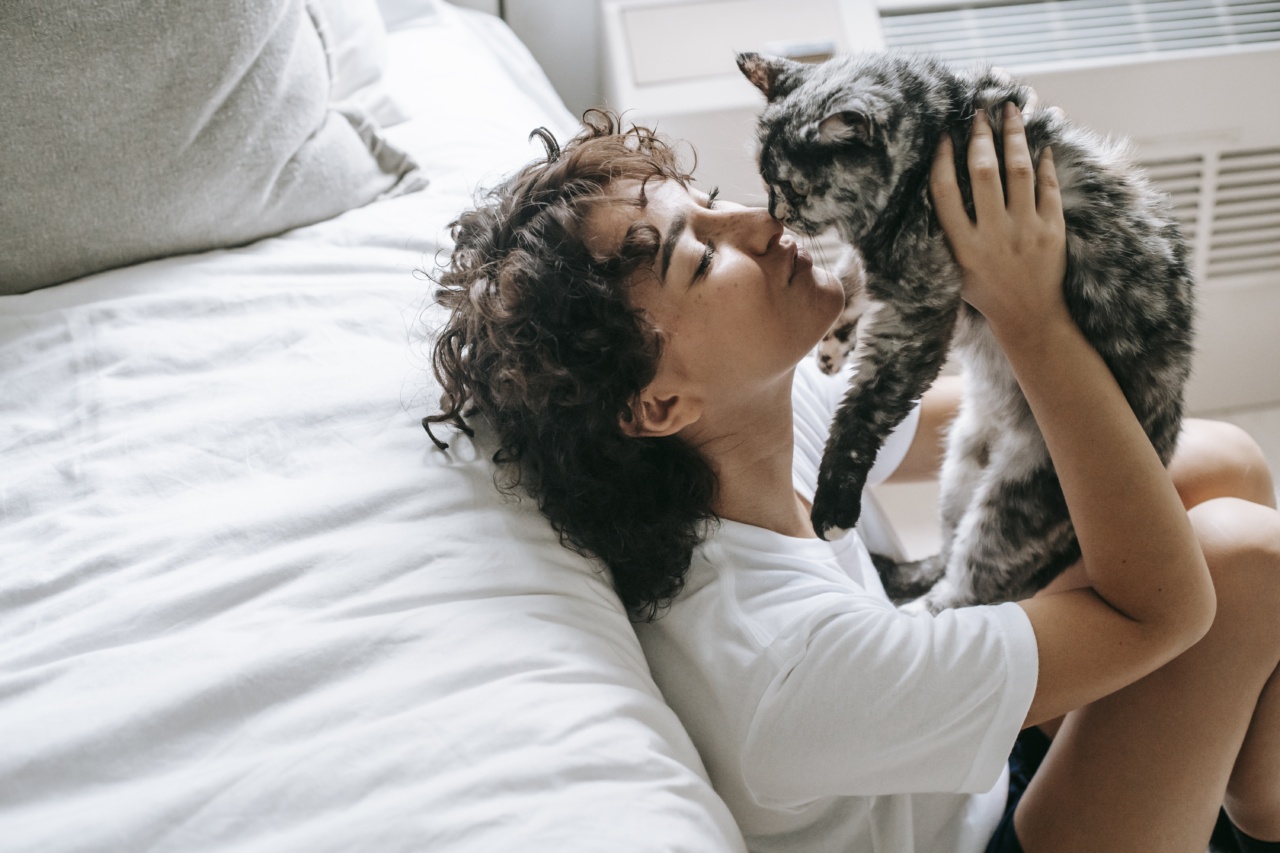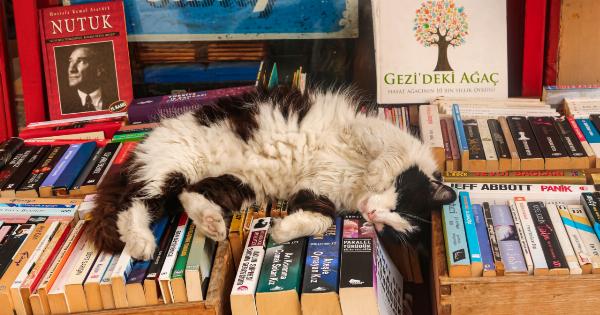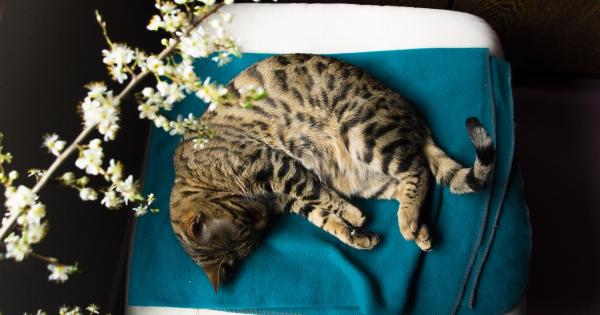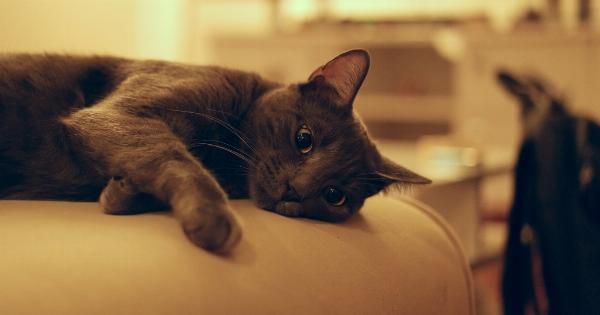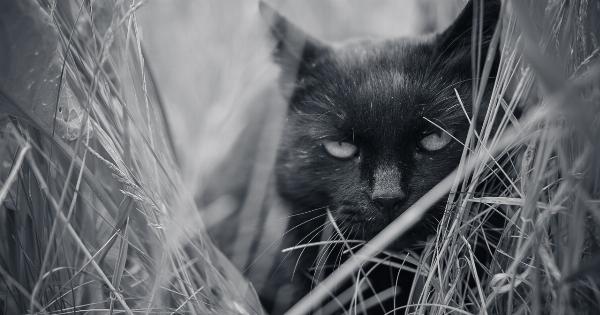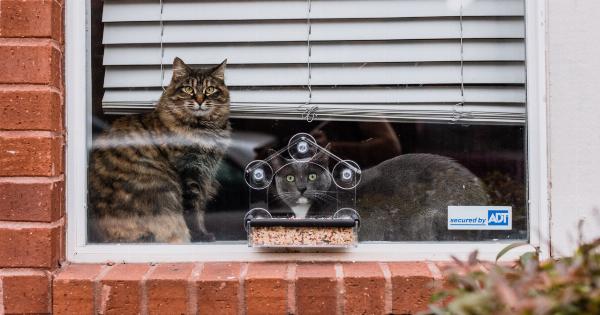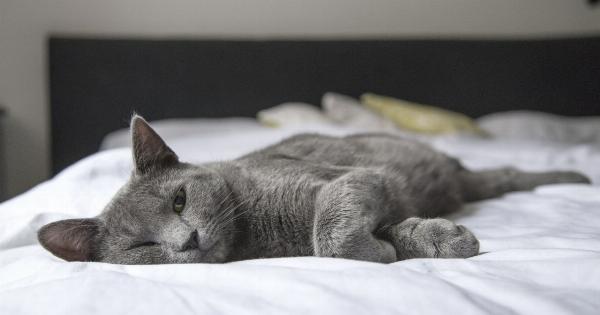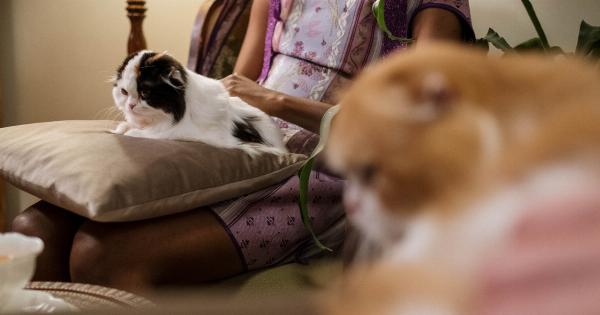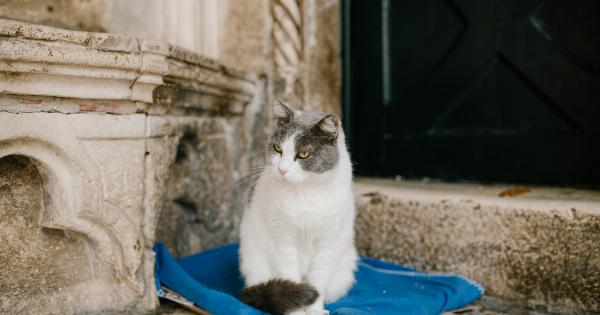As any cat owner will attest, feline affection is a unique and fascinating thing. Cats have a reputation for being independent and aloof, but they can also form deep bonds with their human companions.
Understanding your cat’s affectionate behaviors can strengthen the bond between you and your furry friend. In this guide, we will explore the different ways cats express love and provide tips on how to reciprocate their affection.
1. Purring: The Ultimate Sign of Contentment
One of the most well-known ways cats express their love is through purring. This unique sound is thought to be a way for cats to communicate their contentment and relaxation.
When your cat curls up on your lap and starts purring, it’s a sure sign that they feel safe and loved in your presence. Take this opportunity to stroke them gently and bask in the warm glow of their affection.
2. Kneading: A Throwback to Kittenhood
If you’ve ever had a cat knead your lap or a blanket, you may wonder what on earth they’re doing. Kneading is a behavior that cats develop as kittens when they nurse from their mother.
It involves pushing their paws rhythmically against a soft surface. When your cat kneads you, it’s a sign that they feel relaxed and comfortable in your presence. Embrace this as a sign of their love and enjoy the adorable little massage.
3. Grooming: A Primal Display of Affection
Cats are meticulous groomers and spend a significant amount of time cleaning themselves. When they groom you, it’s a sign that they consider you part of their family and want to reciprocate the care and affection they receive.
So, if your cat licks your hand or face, consider it a high honor – they’re treating you as one of their own.
4. Slow Blinks: Cat Kisses
Have you ever noticed your cat giving you a slow blink? This is often referred to as a “cat kiss” and is a way for them to show trust and love.
When a cat looks at you and slowly closes its eyes, it’s a sign that they feel completely at ease in your presence. Return the affection by slowly blinking back or gently closing your eyes for a moment. It’s a simple gesture that can strengthen the bond between you and your feline friend.
5. Head Bumps: A Sign of Affection and Ownership
If your cat rubs its head against your leg or bumps your forehead, it’s not just seeking attention – it’s marking you with its scent.
Cats have scent glands located on their heads, and when they rub against you, they are leaving their scent behind, marking you as part of their territory. Consider these head bumps as a sign of their affection and acceptance of you as their trusted companion.
6. Bringing You “Gifts”: A Symbolic Gesture
While it may not be the most pleasant expression of love, if your cat brings you dead mice, birds, or other small creatures, it’s actually a sign of their affection. In the wild, cats bring food to their loved ones to show they care.
Although we may not appreciate the gesture as much, it’s their way of expressing their love and providing for their human family.
7. Sleepy Cuddles: Trust and Vulnerability
Cats are natural predators and are always alert to their surroundings. So, when your feline friend chooses to curl up next to you or even sleep in your bed, they are demonstrating immense trust and vulnerability.
By allowing you into their space during their most vulnerable moments, your cat is showing that they feel safe and secure with you. Cherish these sleepy cuddles as a testament to the bond you share.
8. Tail Language: A Window into Their Emotions
Cats use their tails as a means of communication, and understanding their tail language can help you gauge their affection.
A gently swishing tail indicates contentment, while an erect tail with a slight curve at the tip signifies excitement and happiness. On the other hand, a puffed-up tail signals fear or aggression. Paying attention to your cat’s tail can give you insights into their emotional state and help you respond accordingly.
9. Playful Invitations: Bonding Through Play
Cats are natural-born hunters, and engaging them in play is an excellent way to bond and show your love. When your feline friend brings you a toy or playfully pounces on your feet, they are inviting you to join in their natural instincts.
Make time for interactive play sessions with your cat, using toys like feathers, lasers, or wand toys. Not only will it strengthen your bond, but it will also keep your cat mentally and physically stimulated.
10. Respect Their Boundaries: Unconditional Love
While cats can be incredibly affectionate, they also value their personal space. It’s essential to respect their boundaries and not force them into unwanted interactions.
Cats express their love on their terms, and forcing affection upon them can damage the trust and bond you share. Give your cat space when they need it, and they will come to you for love and affection when they are ready.
In Conclusion
Understanding your cat’s affectionate behaviors is key to building a strong and loving bond. From purring and kneading to grooming and slow blinks, your feline friend has many ways of showing their love.
By reciprocating their affection through gentle interactions and respecting their boundaries, you can deepen the connection with your feline friend and create a lifetime of love and companionship.
